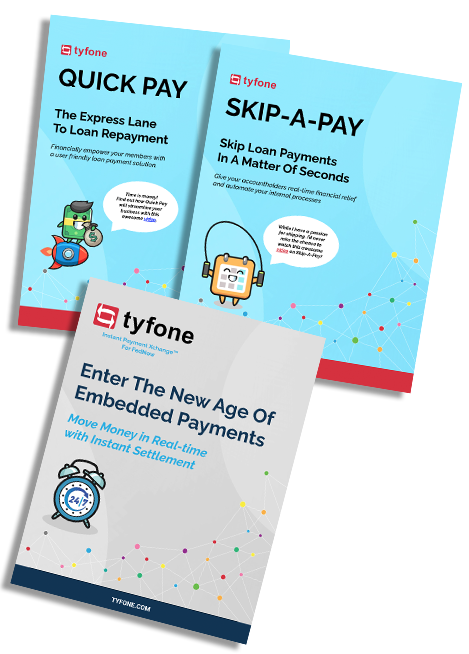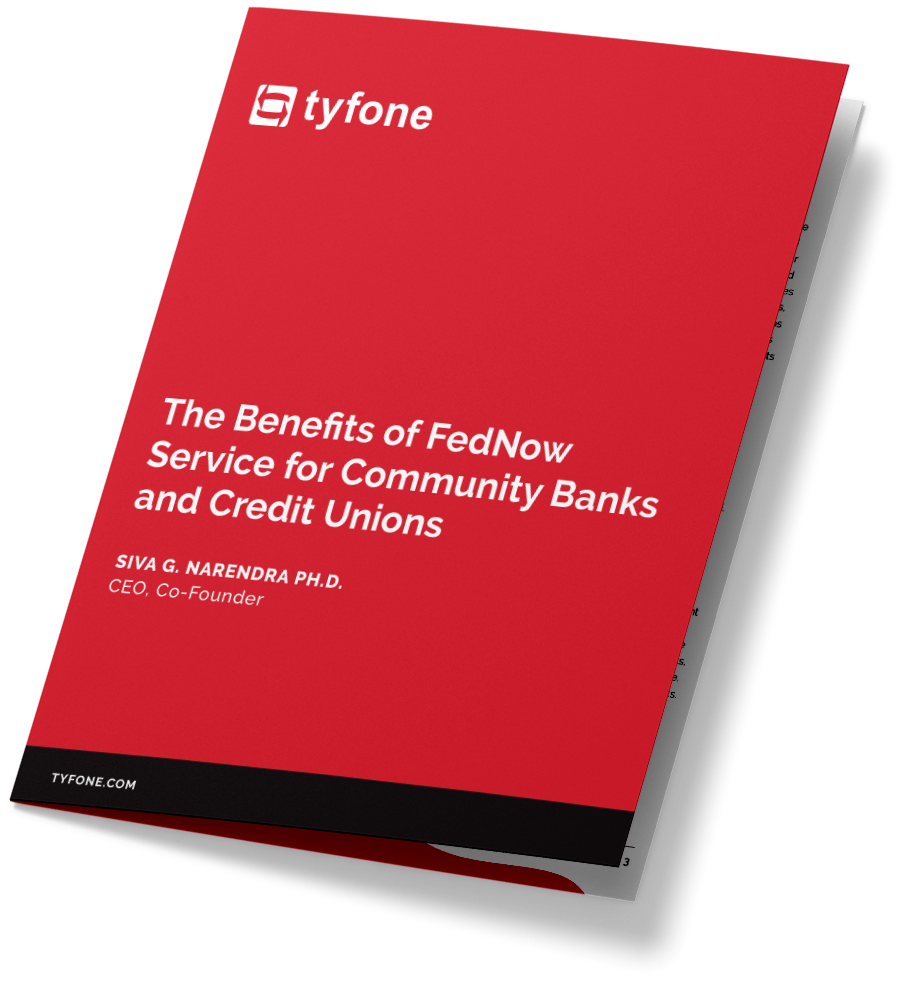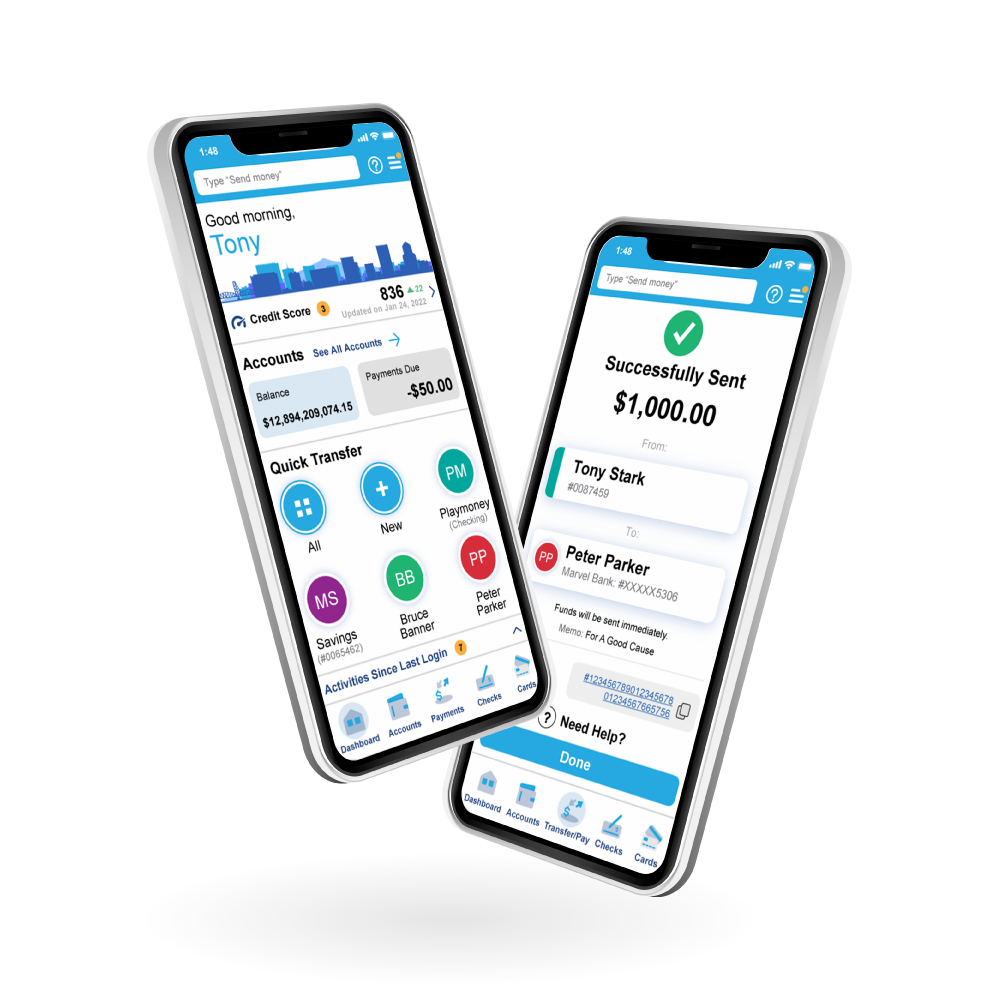Why You Should Upgrade to a Modern Digital Banking Platform
In this dynamic and fast-paced era, the expectations of customers have evolved, compelling financial institutions to adapt and provide services that streamline banking operations while prioritizing efficiency for their users.
The popularity of digital banking is a testament to how convenient and flexible it is. Clients possess the ability to manage their accounts anytime and from anywhere, gaining access to a multitude of transaction capabilities. This includes checking account balances, executing fund transfers, settling bills, and even initiating loan applications.
6 Differences Between Legacy And Modern Digital Banking
Offering a top-notch online banking platform that seamlessly adapts to any device and screen size presents numerous advantages to your users, simplifying their daily financial tasks.
Delivering leading solutions is a significant advantage, as it boosts customer retention and fosters stronger brand loyalty for your financial institution.
As consumer expectations change, financial institutions should be prepared to offer the best solutions on the market to satisfy their needs.
Below, we’ll delineate the primary distinctions between providing a legacy online banking platform and an upgraded, modernized online banking platform.
User Experience
Legacy systems are often associated with a less user-friendly interface, making it harder for an end user to navigate the system. These kinds of solutions may lack the comprehensive mobile and web-based functionalities that have become critical in today’s banking landscape.
In contrast, modern digital banking focuses on delivering a seamless and user-friendly experience to its customers. Thanks to mobile apps and responsive websites, it offers a wide spectrum of features that encompass everything from account management to payments and responsive customer support. These features are presented in an accessible and streamlined format, aiming to please the contemporary user’s expectations for a convenient banking experience.
Security
Traditional digital banking and its security landscape are often affected by security vulnerabilities coming from outdated software and infrastructure. This raises concerns about the safety of customer data and transactions. In many cases, these legacy systems are far behind in implementing advanced security features.
On the opposite end, modern digital banking is able to provide robust security measures designed to safeguard customer information and transactions.
Such proactive measures encompass cutting-edge encryption techniques, enhanced identity verification, real-time fraud detection systems, and ongoing monitoring protocols.
These layers of security contribute to a safer digital banking environment, protecting customers from fraudulent activities and making sure that their assets and sensitive data are in safe hands.
Future Proofing Your Business
Legacy digital banking systems often resist new technology advancements, struggling to keep pace with how fast the fintech industry changes and having a hard time keeping up with the ever evolving needs of accountholders.
On the other hand, modern digital banking systems are highly adaptable and can handle innovation. These systems are by nature more agile, enabling rapid adjustments to incorporate new technologies and stay on course with financial trends. Furthermore, they are equipped to swiftly introduce innovative features and services, ensuring that they remain future proof and meet increasing expectations from accountholders.
To give you a real-world example, we were able to integrate the newly released FedNow instant payment solution onto our nFinia digital banking solution, paving the way for lightning fast payments. Thanks to our technology, one of our customers, Star One Credit Union, was able to be the first credit union to go live on July 20th 2023 with receive and send functionality on the FedNow rails.
Configuration And Personalization
When it comes to configuration and catering to individual preferences, Legacy Digital Banking and Modern Digital Banking present big differences. Legacy systems often grapple with the limitation of offering very few choices when it comes to personalization, leading to a one-size-fits-all approach that often falls short of meeting the unique needs of both the financial institution and the account holder.
Modern digital banking platforms can be tailored to suit the needs of most banks and credit unions. For example, Tyfone kickstarts the design process by presenting you with multiple options that align with your vision, setting the stage to better reflect your brand identity and voice. We also handle configuration needs by incorporating your feedback and meticulously fine-tuning the platform.
In other words, modern digital banking platforms cater to the needs of financial institutions and their accountholders to ensure the satisfaction of both.
Integrations
Legacy systems often face challenges when it comes to seamlessly integrating with third-party services or adhering to open banking standards. This limitation can give them a hard time when adapting to the dynamic financial landscape.
Conversely, modern digital banking systems adopt open banking principles at the core of their design. This approach facilitates straightforward connections with third-party financial applications and services through the use of Application Programming Interfaces (APIs). As a result, it opens up a wider spectrum of financial tools and services for accountholders, enhancing their overall user experience.
Technology
Legacy digital banking usually relies on outdated technology and infrastructure. This can limit its agility and scalability, resulting in slower response times and flexibility when it comes to satisfying accountholder needs.
On the other hand, modern digital banking represents a significant leap forward thanks to its ability to harness cutting-edge technology, such as cloud computing. This capacity to stay ahead of the curve is the driving force behind greater scalability and the ability to rapidly develop and deploy new features. In turn, this can provide users with a more dynamic banking experience.
The Tyfone Difference
In contrast to legacy systems that only offer visibility of the past and present, Tyfone is dedicated to providing accountholders with a forward-looking perspective. Our vision of the modern digital banking experience extends beyond just balance checking or bill payments. We consider our digital banking platform as an extension of the financial institution, empowering accountholders to comprehensively manage their entire financial lives.
At Tyfone, we deliver a robust, modern, and secure digital platform that seamlessly combines high configurability with the cost-efficiency of a Software as a Service (SaaS) model. This ensures both you and your users have access to a flexible digital banking solution accessible from any device. Our digital banking platform works on screens of all sizes, whether on a large desktop monitor or a small mobile device.
What sets Tyfone apart is our passion and commitment to exceeding user expectations. We empower accountholders to take control of their entire financial journey on a platform designed to mirror their favorite apps.
Our goal is to provide a digital banking experience that is not just powerful but user-centric. If you are looking for a partner that values your feedback and provides you with a dependable solution, then we may be the right fit for your needs.
Request A Pamphlet










